
Branching Scenarios in Healthcare Training Simulations
2020-2021: In my current position, I have been working on using Twine to create short branching scenario simulations to teach medical concepts. This involves creating a tool that goes through various branching scenario structures and node types, and then gives the designer some copy and paste node templates to create their simulation in twine. Additionally, I am looking at how to embed Twine into an a Learning Management System like Canvas so that students can also build their own branching scenario game as as assignment.
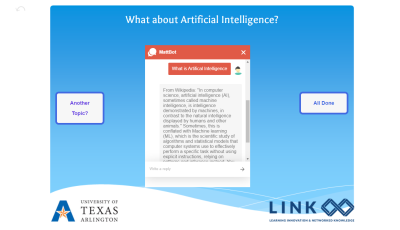
Gamification of a Conference Presentation: OLC Innovate 2019
2019: I wanted to change up a conference presentation on chatbots, game theory, and AI. So I created a branching scenarios presentation in Twine. Session attendees could choose which topic to hear about first, and then they could could tell me who would tell them about the topic (they could discuss themselves, have me talk about it, or as an AI chatbot). See the working presentation here: Adapting Learning For Humans, or Innovating Humans Out of the Picture?.
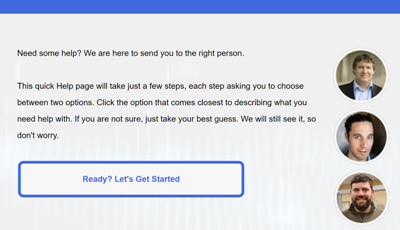
Gamification of Learning: Course Help Center
2018: In order to help students find answers to frequently asked questions, I built a text-based Help Center using Twine to help learners get to the answers they needed. This Help center utilized various principles of gamification to build a “Choose Your Own Adventure” approach to court content. The Help Center was tested in several courses, and then was expanded to include chat bots as well. See a test version of the Course Help Center.
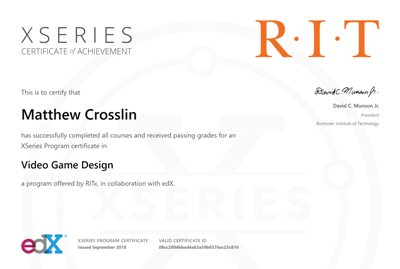
RIT X-Series Program Certificate in Video Game Design
2018: I completed all five courses in the Rochester Institute of Technology X-Series Program Certificate in Video Game Design: Video Game Design History, Video Game Design and Balance, Video Game Asset Creation and Process, Video Game Design: Teamwork & Collaboration, and Gameplay Programming for Video Game Designers. In the last course, I coded a working version of Pong in Processing from scratch. You can play it here if you like.
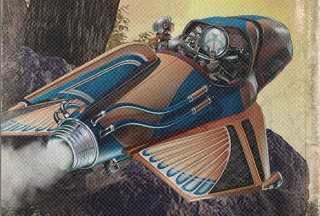
Text-Based Game: A Spaceship Landed in Your Back Yard!
2018: In order to learn how to use Twine, I used a story that my second grade son wrote and turned it into the text-based game “A Spaceship Landed in Your Back Yard!”
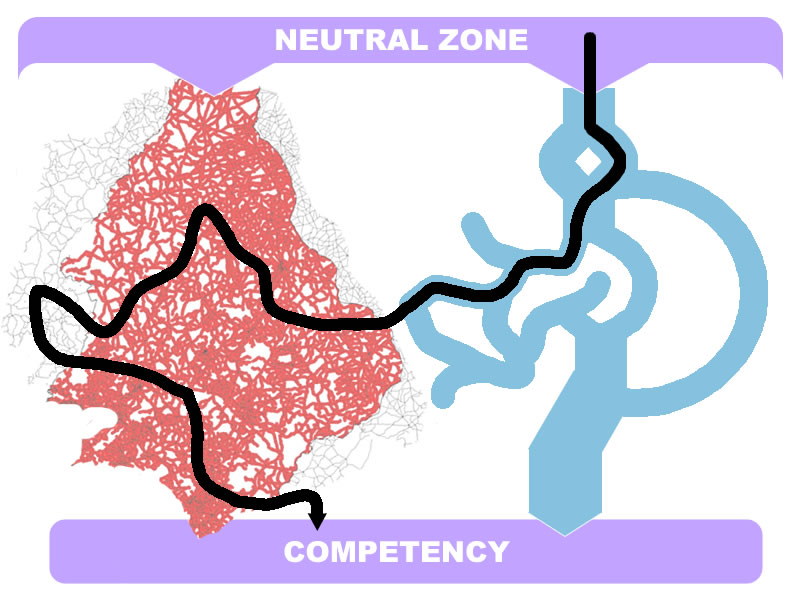
Gamification of Learning: Self-Mapped Learning Pathways
2014-present: In several different courses, teams that I led or participated in added gamification elements such as assignment banks, course metaphors, and having learners map their own learning pathway.
See a list of the various design elements.

Mobile App Idea: The iElection App
2014-2015: I worked with a team to create a mobile app gamification idea designed to get more people involved in the election process. See the ideas and screen mock-ups
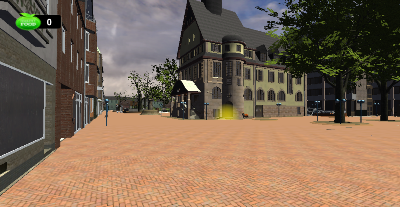
Online Game Prototype: Healthy Choices
2013: I was part of a group project that produced a game designed to teach college students about healthy choices. The aim was to bring awareness about healthy eating habits, how to choose food wisely, and maintain good exercise habits, and some misconceptions about healthy diet. The prototype game was built in the three-dimensional environment of Unity. Unfortunately, it is too big to host online currently. However, you can watch this video walk through of the game prototype.
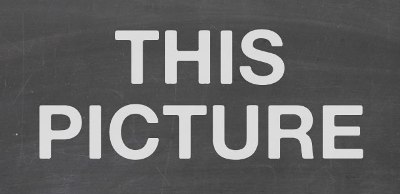
Mobile App Prototype: This Picture App
2012: For a class on mobile learning, I designed an app for grade school students based on Instagram. The idea was that students would look for things they learned about in class as they walked around outside of school and take pictures. Students would also see a stream of images that their classmates took and would have to guess how it related to that day’s lesson. I even worked with Elliot Soloway’s students to create and Android proof of concept app. You can see my mock-up images for the app development.
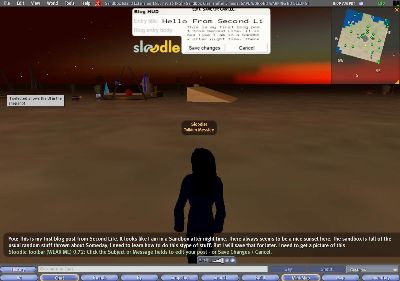
Second Life Exploration and Work
2007-2010: After exploring some in Second Life, I began working with teams at UTA and UTD to conceptualize learning experiences in virtual worlds. I did some building, but mainly worked on theoretical ideas of how to utilize simulations and spaces for educational purposes. I also worked a bit with the SLOODLE project – connecting Second Life with Moodle. See an archive of some of my activities in Second Life.
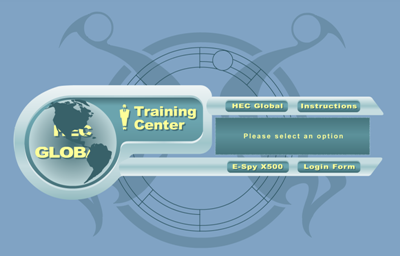
Health EDCO 7th Grade Health Modules
2004-2005: My work at the Health EDCO company involved creating entire modules of hands-on games and activities for 7th grade science courses. We developed dozens of different games to help students learn nutrition, safety, and other health topics. One of games I designed was the “Doggy Bag Challenge“, which is archived online now. Additionally, we created online games, such as the “E-Spy X-500” (a centralized student area for games and info I designed in Flash), and other ideas that never made it out of conceptual designs, such as “Cancer Island” (a spoof on Survivor that I created in Flash).
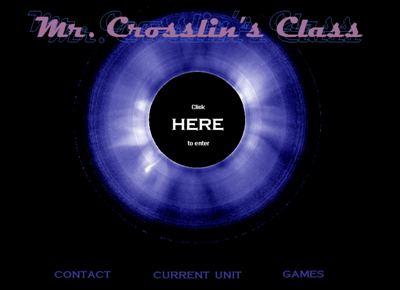
Mr. Crosslin’s Class Online
2000-2001: As an eighth grade Science teacher, I often utilized games and game-based learning in my classes. These efforts ranged from using a course website to encourage learners to play learning games such as Lunar Lander, to utilizing visualization plugins of the Winamp mp3 player to map music waves onto avatars such as bears and rabbits. Additionally, in class games included simulation labs such as having students create a house design that could serve as a base on another planet in our solar system.